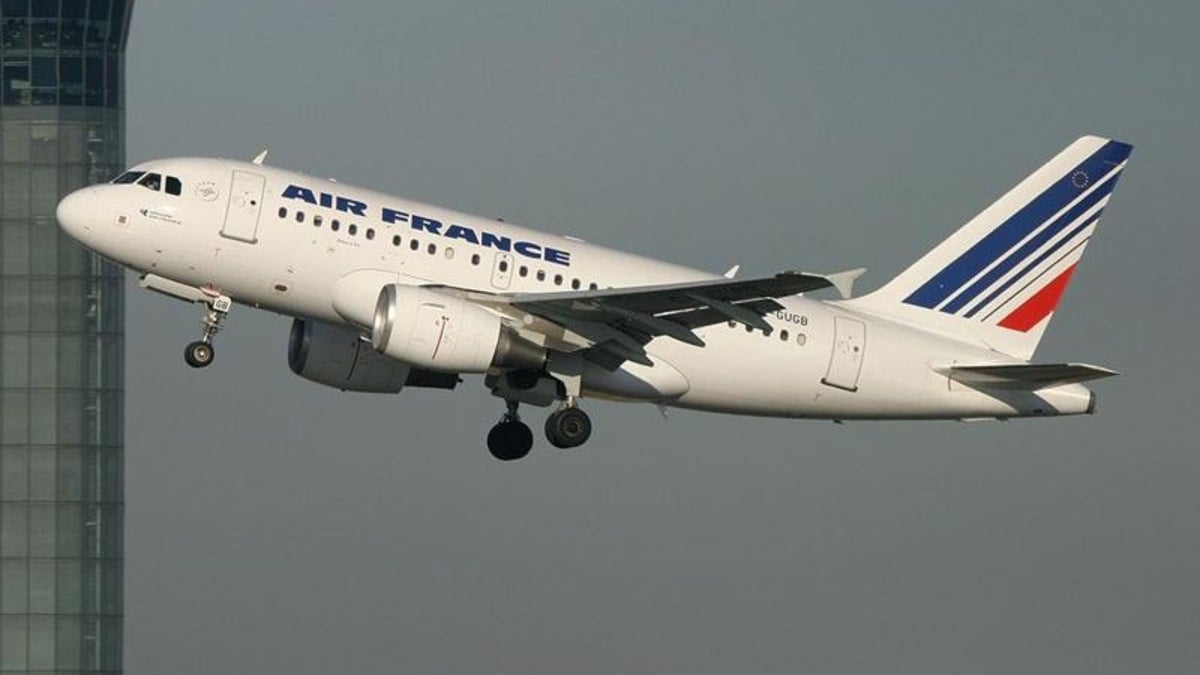Cell phones on planes: Part three
Air France will follow Qantas in running a trial period for inflight cell phone use.

Fasten your seat belts and put in those earplugs as cell phones may be coming to airplanes sooner than you think. Air France will join Qantas in implementing a trial program that will allow passengers to use their mobiles while in the air. Like Qantas Air France will run the trial on just one aircraft (in this case an Airbus A318) but the French program will for six months, which is twice as long as the Qantas study. For the first half of the trial passengers will be allowed only to send text messages and e-mail but for the last three months flyers will be able to make voice calls as well.
That makes Air France the first airline in the world to allow in-flight calling from cell phones. At the end of each flight passengers will fill out a questionnaire for feedback on the service. I wonder if one of the questions will be: "Did you want to shove that person sitting next to you out the window?"
Since the A318 is a short-haul aircraft the trial will not be available on Transatlantic or other long distance flights. And in any case, the FCC's ban for the United States is still in place. But if the program is successful Air France said it could bring cell phone use to its entire fleet. Yikes.
Crave is not a fan of inflight cell phone use (nor is your average flight attendant) but we did find a silver lining to this story. Since cell phone towers don't reach thousands of feet into the air the cellular signals will be converted into satellite communications that will vault into space and then connect to a ground network. Consequently, calls could cost up to $2.50, which could deter a lot of chatterboxes. Yet the description of the technology did make us a bit nervous. The cable that runs the length of the plane and does the signal conversion is called a "leaky cable." I just don't want anything "leaky" on my flight unless it's the galley coffee pot.

